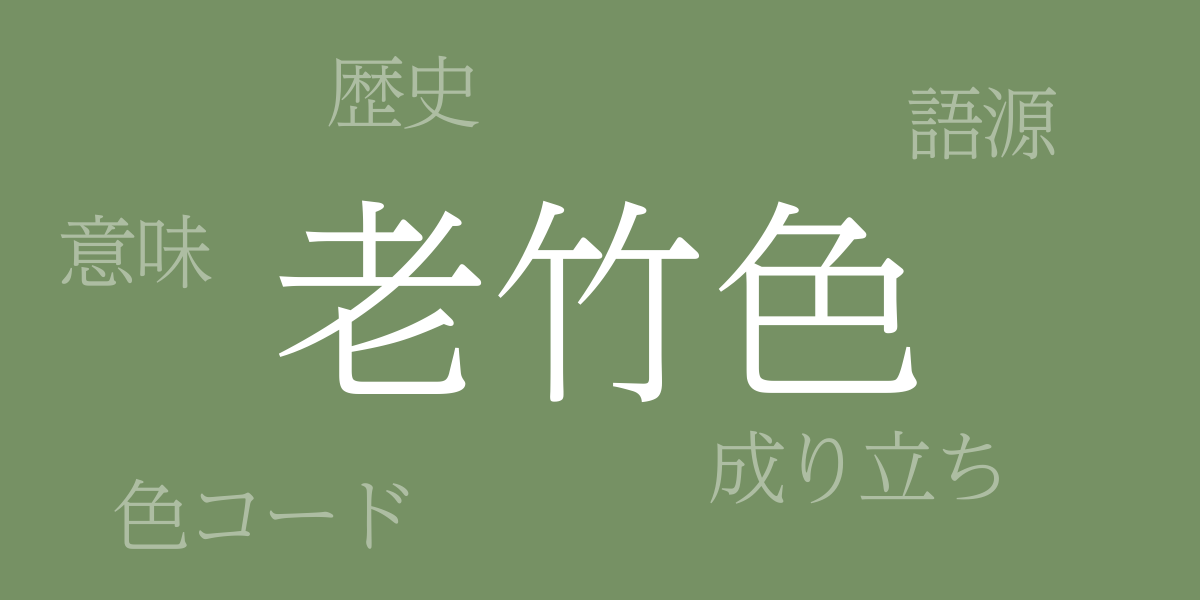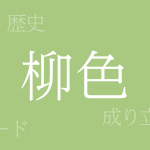Japanese culture radiates uniqueness even in its palette, particularly through its traditional colors that reflect the beauty of nature and are deeply ingrained in the Japanese sensibility and lifestyle. Among these, ‘Oitake-iro (老竹色(おいたけいろ))’, with its calm texture and soothing hue, has captivated many. This article explores the allure of Oitake-iro, delving into its history, color codes, and its name in Western culture.
About Oitake-iro (老竹色(おいたけいろ))
Oitake-iro (老竹色(おいたけいろ)), as the name suggests, evokes the texture of aged bamboo, featuring a deep yellow-green shade that conjures calmness and the breath of nature. It harmonizes with the changing scenes of the Japanese seasons and is frequently used in traditional contexts such as kimono and Japanese paintings.
History of Oitake-iro
Oitake-iro is a traditional color beloved in Japan for centuries. Originating in the Heian period, it was embraced by nobles who celebrated nature, becoming a staple in the culture surrounding tea ceremonies, where it was used in tea room materials and tea utensils, prized for its embodiment of wabi-sabi aesthetics. It has also appeared in traditional crafts and architecture, transcending time to symbolize Japanese aesthetic sensibilities.
Color Codes for Oitake-iro
In modern design and web production, where precise color reproduction is essential, knowing the color codes for Oitake-iro is crucial. The following are the codes for this color:
- HEX: #769164
- RGB: R:118 G:145 B:100
- CMYK: C:61 M:36 Y:70 K:0
Western Name for Oitake-iro
The Western name for Oitake-iro is sometimes given as ‘Olive Drab’. This name is commonly used for an olive shade often employed in military uniforms, signifying its practical use in both Eastern and Western contexts. However, the Japanese Oitake-iro possesses a unique nuance, being slightly grayer and deeper than the typical Western olive color.
Summary on Oitake-iro
Oitake-iro symbolizes the beauty of Japanese nature and culture. Its history is profound, and it continues to be favored in various arts and designs today. By understanding its color codes, its beauty can also be replicated in digital media. The tranquil allure of Oitake-iro leaves a serene aftertaste in the viewer’s mind, enhancing our appreciation of Japan’s traditional colors.

























